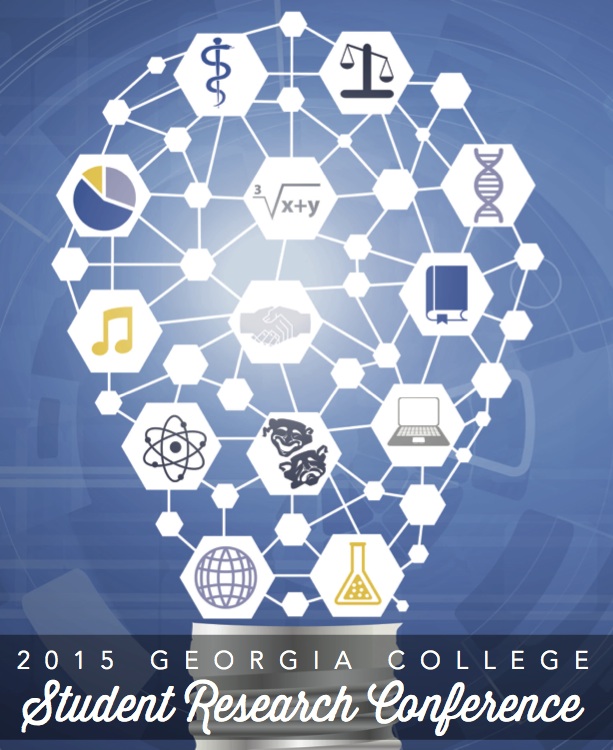Analytical Techniques Using GC/MS in the Detection of Pharmaceutical Pollution, as Well as Caffeine Contamination, of Surface Water
Abstract
Phase I Ð Development of a GC/MS procedure for detection of xenoestrogens in surface water Xenoestrogens are synthetic compounds that mimic the hormone estrogen when introduced to thehuman body. These compounds can be present in human waste after the consumption of pharmaceuticals, whichleads to the contamination of sewage. Although the sewage is treated by a sewage treatment plant there is littleto no treatments for xenoestrogens leaving the compounds nearly untouched, specifically 17_-estradiol. Oncethe sewage treatment water is released the xenoestrogens may contaminate surface water areas such as lakes andrivers. A collaborative group of undergraduates from various disciplines at Georgia College have beenmonitoring and analyzing surface water in middle Georgia for xenoestrogens. The Lisse Group's main focus ofthe project was to develop analytical procedures for GC/MS analysis to compare with previously obtainedHPLC results. Due to instrument restrictions, the procedure was unsuccessful at this time. Phase II Ð Development of a GC/MS procedure for detection of caffeine in surface water An analytical method is being developed for detection and quantification of caffeine in water usingGC/MS. Caffeine can be used as a sewage tracer compound in order to locate areas with sewage contamination.By assuming that higher levels of sewage contamination correlates to higher levels pharmaceutical pollution,surface water areas of high risk for pharmaceutical pollution can be determined by testing for caffeine. Inaddition, this technique can be used to determine the speed at which the sewage is diluted in a river or lake.
Session Name:
Coffee, Caffeine, and Chemistry
Start Date
10-4-2015 1:15 PM
End Date
10-4-2015 2:15 PM
Location
HSB 207
Analytical Techniques Using GC/MS in the Detection of Pharmaceutical Pollution, as Well as Caffeine Contamination, of Surface Water
HSB 207
Phase I Ð Development of a GC/MS procedure for detection of xenoestrogens in surface water Xenoestrogens are synthetic compounds that mimic the hormone estrogen when introduced to thehuman body. These compounds can be present in human waste after the consumption of pharmaceuticals, whichleads to the contamination of sewage. Although the sewage is treated by a sewage treatment plant there is littleto no treatments for xenoestrogens leaving the compounds nearly untouched, specifically 17_-estradiol. Oncethe sewage treatment water is released the xenoestrogens may contaminate surface water areas such as lakes andrivers. A collaborative group of undergraduates from various disciplines at Georgia College have beenmonitoring and analyzing surface water in middle Georgia for xenoestrogens. The Lisse Group's main focus ofthe project was to develop analytical procedures for GC/MS analysis to compare with previously obtainedHPLC results. Due to instrument restrictions, the procedure was unsuccessful at this time. Phase II Ð Development of a GC/MS procedure for detection of caffeine in surface water An analytical method is being developed for detection and quantification of caffeine in water usingGC/MS. Caffeine can be used as a sewage tracer compound in order to locate areas with sewage contamination.By assuming that higher levels of sewage contamination correlates to higher levels pharmaceutical pollution,surface water areas of high risk for pharmaceutical pollution can be determined by testing for caffeine. Inaddition, this technique can be used to determine the speed at which the sewage is diluted in a river or lake.



